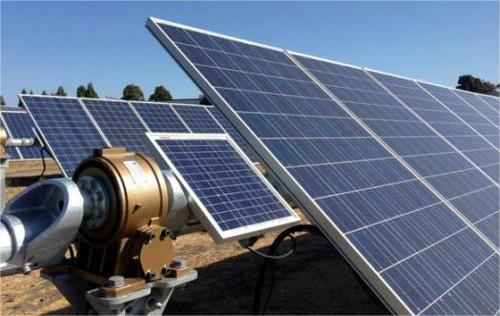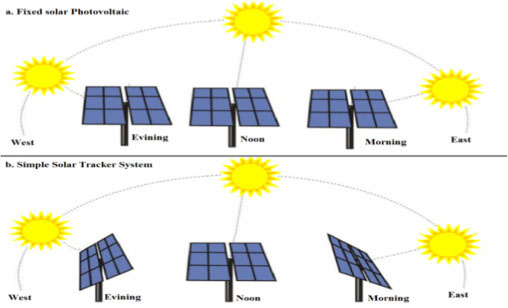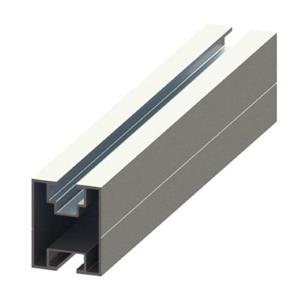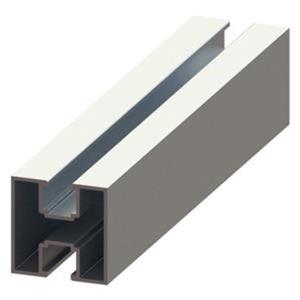Analysis of the value and future demand of the PV tracking bracket system
It has been more than 20 years since the beginning of photovoltaic development in my country. During this period, the photovoltaic industry has developed from weak to strong, from small to large. At present, the photovoltaic industry is developing vigorously. Today we mainly introduce the value of the photovoltaic tracking support system and analyze its future demand.

1. The rapid development of the tracking bracket business helps to reduce the cost of electricity
Photovoltaic support can be divided into two categories: fixed support and tracking support. The fixed support mainly includes two types: fixed and adjustable, and optimal inclination angle fixed. Tracking brackets mainly include three types of biaxial brackets, oblique single-axis and flat single-axis, which can allow photovoltaic modules to follow the position of the sun at all times, reduce the incident angle of sunlight, and increase the absorption rate of solar energy by photovoltaic modules.
Factors such as the topography and dimension of the project location closely affect the specific selection of tracking brackets, which are mostly used in ground power stations. Due to problems such as poor lighting conditions and limited space in distributed photovoltaic projects, the economic benefits of installing tracking brackets are low.
Among the tracking brackets, single-axis tracking photovoltaic brackets have been widely used due to their high cost performance. Most of them can basically increase the power generation of photovoltaic power plants by 15%-20%, and even in low-latitude areas with abundant sunlight resources, they can increase the power generation by more than 20%.
2. The demand for global tracking support system continues to grow
In recent years, with the improvement of the cost performance of photovoltaic smart tracking brackets and the growth of photovoltaic demand, the global shipments of tracking brackets have increased significantly. According to Bloomberg New Energy statistics, the cumulative global shipments of tracking brackets in 2020 will reach 47.5GW, and the US market demand will reach 23.4GW , accounting for about 50%. In addition, Spain, Australia, Latin America, the Middle East, India and other regions with better lighting conditions are very optimistic about the demand for tracking brackets.
3. The competition of ground power stations is intensified, and the value of tracking brackets is highlighted
Affected by factors such as the decline in the yield of photovoltaic ground and the intensification of competition in power stations, projects that can achieve higher rates of return are favored by developers. On this basis, the value of tracking brackets to increase yields and reduce LCOE is prominent. The tracking bracket scheme has been used in many large-scale ground projects, and the tracking bracket has been recognized and verified in practice. The extensive large-scale application is expected to promote the rapid promotion of the tracking bracket in China.
Since 2021, due to the impact of component prices and the epidemic, the efficiency of ground power station projects in the industry has not been high. At the same time, the rising prices of raw materials such as steel and silicon have also led to an increase in costs. With the implementation of the carbon neutral action plan, at present, low-carbon energy transformation is the development trend of photovoltaics, and the development of green energy typified by photovoltaics has a strong certainty, and the photovoltaic industry has broad development prospects.

At this stage, with the substantial increase of major domestic polysilicon companies, it is expected that the price of polysilicon will fall in 2022, and the cost of photovoltaic systems will soon show a downward trend again.
With the continuous advancement of photovoltaic tracking bracket technology, its reliability and economic performance have been continuously improved, and its advantages compared with fixed brackets have become more prominent, thereby promoting the improvement of the penetration rate of tracking brackets. According to practical estimates, in the next three years, the global demand for tracking brackets may reach 34%, and the average growth rate of demand for tracking brackets in regions other than the United States may reach 45%.




